5 winter driving myths busted
Posted 8 July, 2020
Samuel Smith

Winter weather can rattle even the most chilled-out drivers – but it’s not all doom and gloom.
Despite Aussie winters being fairly mild, on the road, we have a tendency to panic when wet weather hits.
Though most states don’t experience too much snow and sleet, heavy rainfalls, hail and sub-zero temperatures are fairly common across the board.
In the midst of wet-weather driving, it’s easy to fall prey to age-old myths. But in most cases, they can be dispelled.
So before you go boiling the kettle to defrost your windscreen, or reach for that forbidden fog light switch, take note of these 5 winter driving myths we’ve well and truly busted.
Myth 1: You should use your fog lights when it’s raining
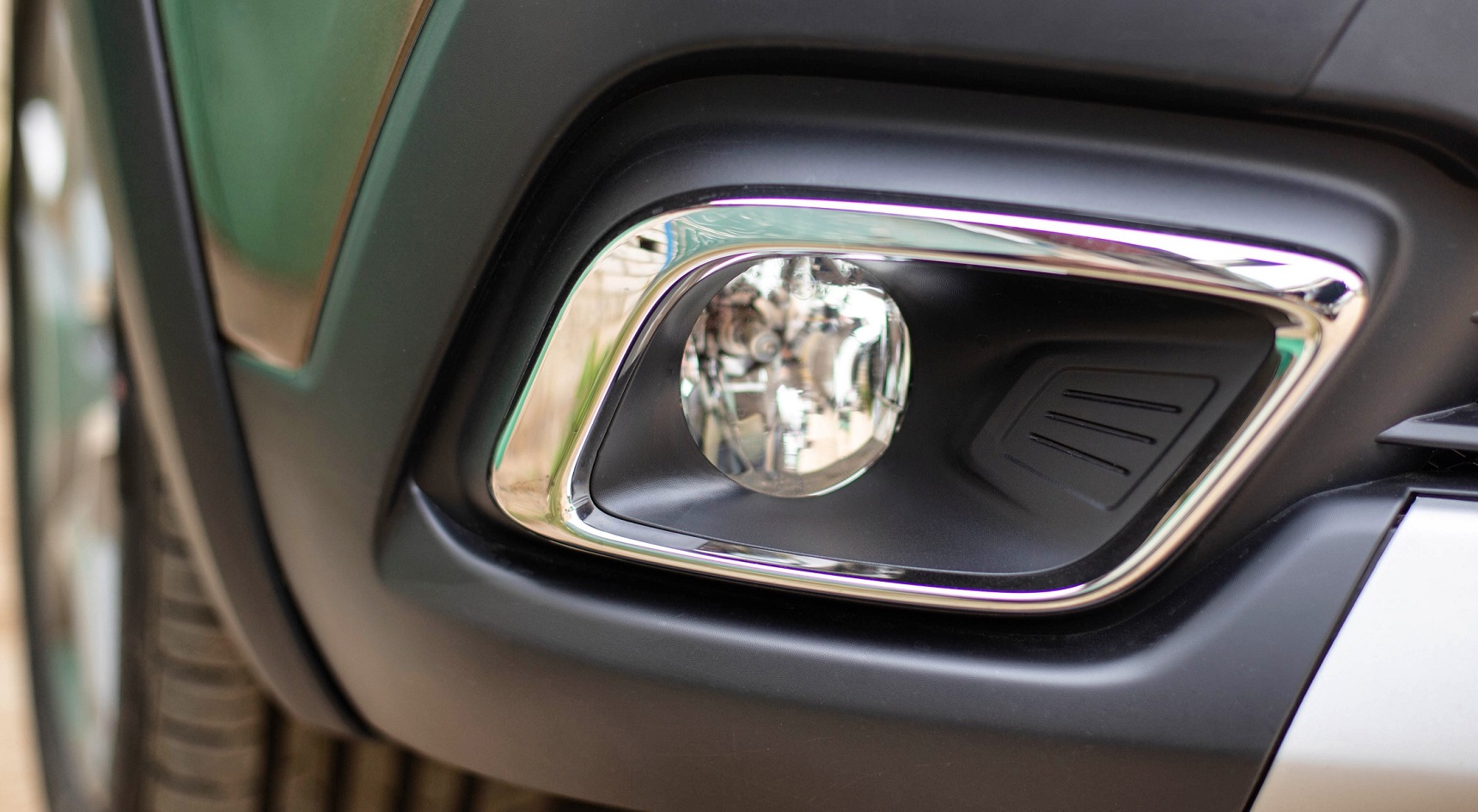
Fog lights can land you in hot water. Image: iStock.
In every state and territory, it’s illegal to drive with your fog lights on unless you’re navigating through fog, dust, low cloud or snowfall.
A slight sprinkle of rain isn’t enough to warrant the use of your fog lights, nor should you be tempted to use them to increase your visibility at sunrise or sunset – you can use your parking or driving lights for this.
So why all the fuss? Well, fog lights are often set low in cars’ bumpers, and can easily dazzle oncoming motorists, causing temporary blindness.
In South Australia, if police catch you driving with your fog lights unnecessarily flicked on, you could be up for a $260 fine plus a $60 Victims of Crime Levy.
Myth 2: You should use boiling water to defrost your windscreen
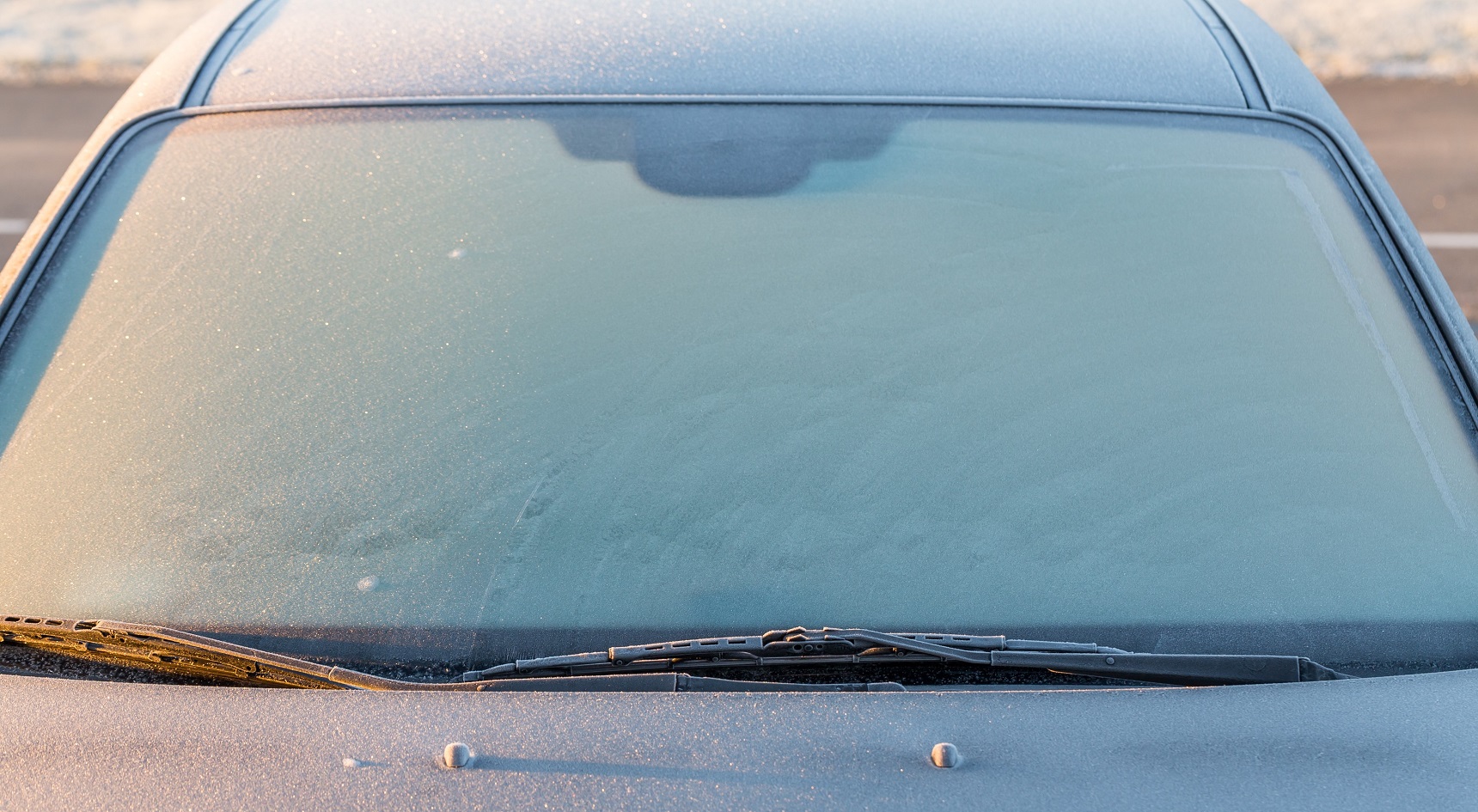
There are many theories on how best to defrost a windscreen. Image: iStock.
Put the kettle down! Using boiling water to defrost your windscreen might seem like the quickest and easiest approach, but it could lead to disaster.
“The extreme change in temperature could cause the glass of the windscreen to expand too quickly and potentially crack,” says RAA Senior Manager Future Mobility Mark Borlace.
“Plus, if your windscreen is already damaged or slightly cracked, it’s very likely that the extreme change in temperature will cause the windscreen to crack completely.”
So, what’s the best way to clear that stubborn sheet of ice? According to our experts, you should use a gradual change in temperature.
“You can do this from the inside of your car, by using the air conditioner to gradually warm the windscreen,” Mr Borlace says.
“Or get cold water straight from the kitchen tap and pour that gently over your window.”
Other safe methods include using an old credit card to gently scrape away the offending frost or making sure your car is parked in an area that receives the maximum amount of early morning sunlight.
Myth 3: You should let your engine idle for at least 5 minutes before driving in cold weather
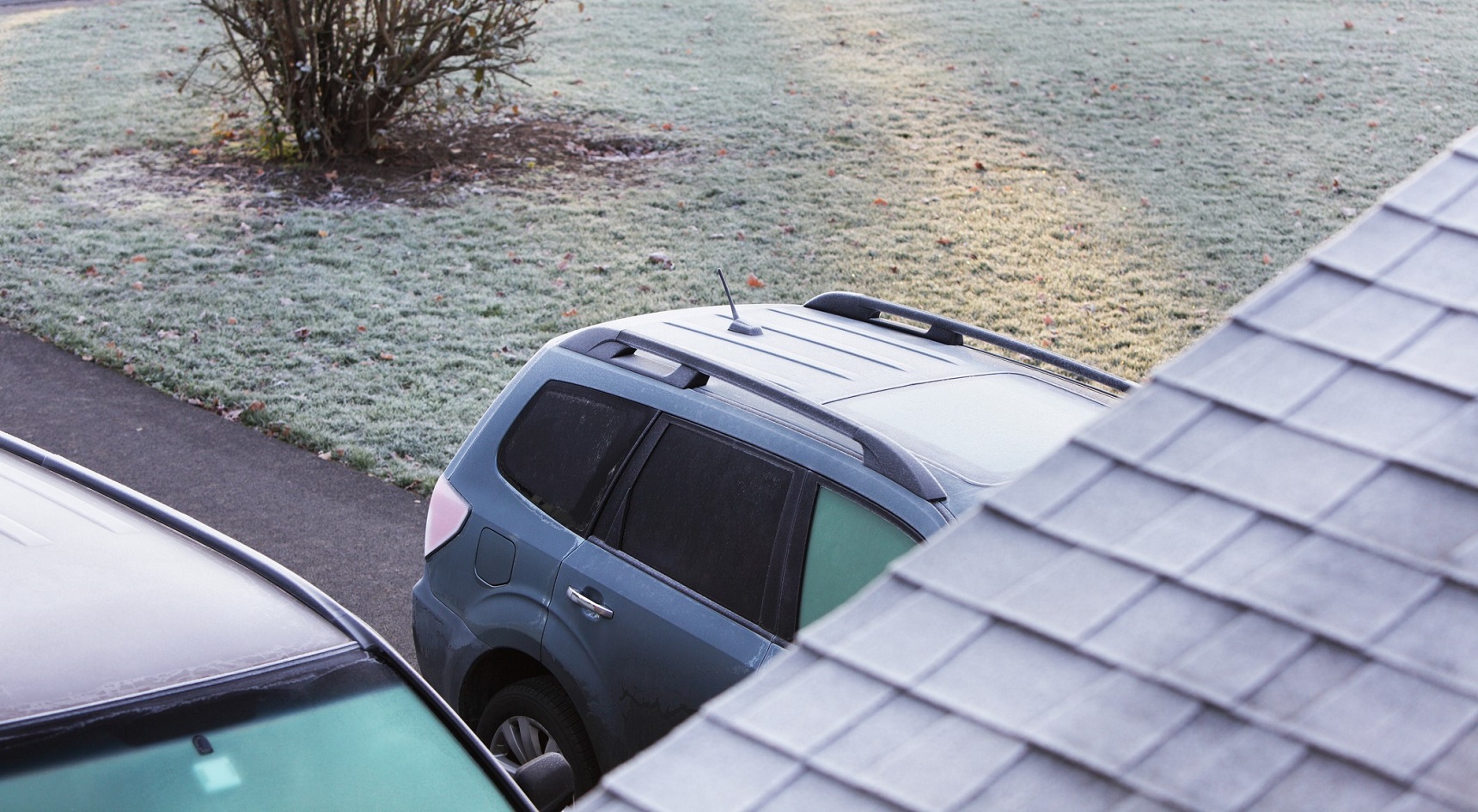
Modern cars don’t need to be left long to idle in the mornings. Image: iStock
Once upon a time, this wasn’t entirely a myth. Older cars with carburettors often needed time after starting to get the right mix of air and fuel in their engines. If driven prematurely, especially in the cold, they could stall.
If you drive a modern car (basically anything built from the early 1990s onward), your engine will use electronic fuel injection rather than a carburettor. This system relies on complex sensors that constantly monitor and adjust the engine’s air and fuel mix.
Needless to say, most cars on our roads today use electronic fuel injection, and don’t need to be warmed up, as the system automatically adjusts to the outside temperature.
Leave a modern car idling for more than a minute and you’ll do nothing but waste fuel and emit more greenhouse gas emissions.
Myth 4: Cold air will defog your windscreen faster
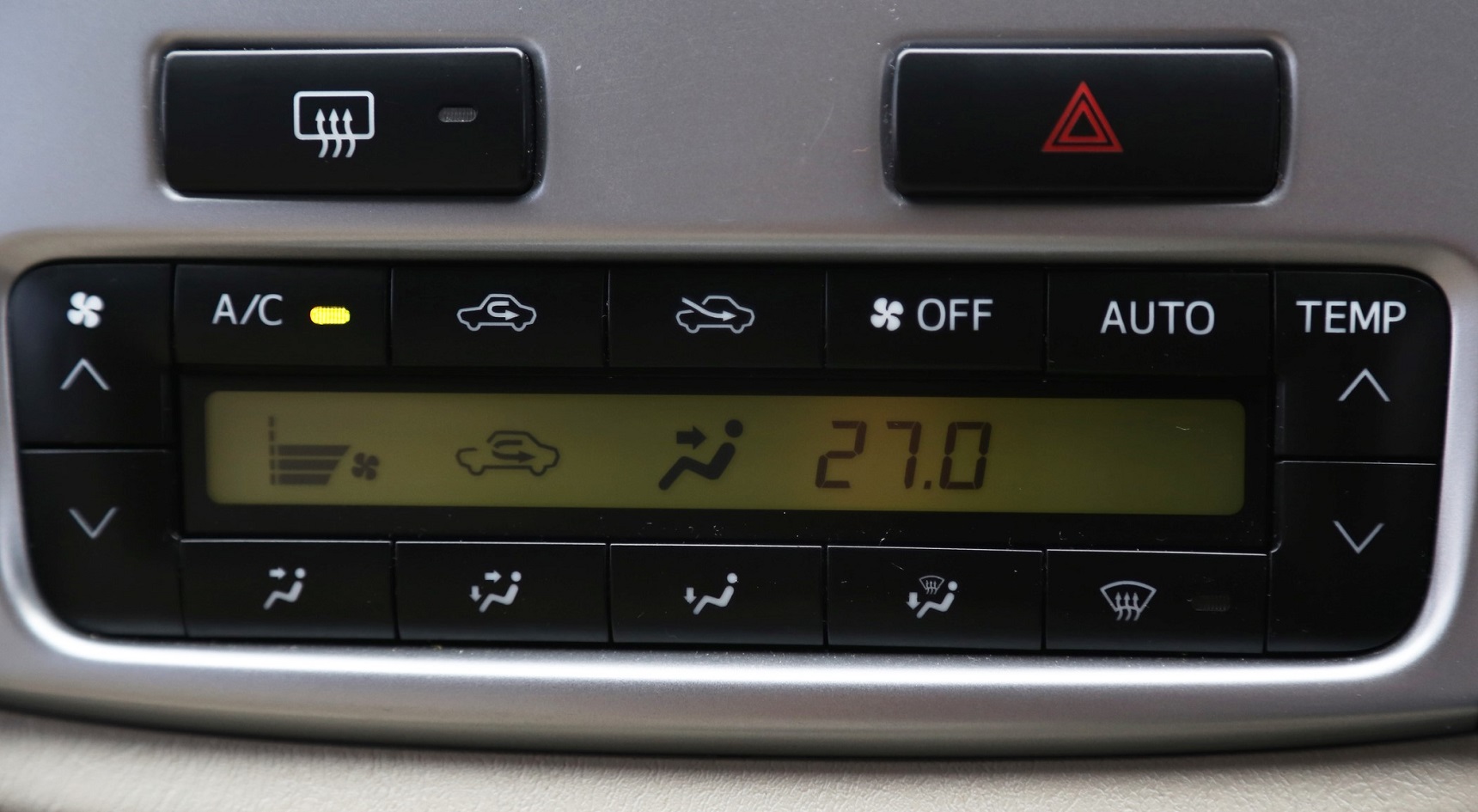
Turn the A/C on and crank up the heat. Image: iStock
You may have been taught the fastest way to clear a foggy windscreen is by blasting it with cold air.
If this sounds familiar, you’re not alone – in an RAA survey performed last year, about 90% of respondents said they’d use the air conditioner to defog the windscreen but wouldn’t set the temperature to hot.
In reality, the quickest way to clear a foggy windscreen is by pressing your A/C button, cranking your heater all the way up and turning your air recirculation off.
The reason? Your car’s A/C system actually dries out the air in the cabin with the help of a coil system. Having it turned on (and the heat turned up) will result in hot, dry air, which will (unsurprisingly) warm and dry your windscreen at the same time.
Myth 5: Cruise control can cause aquaplaning
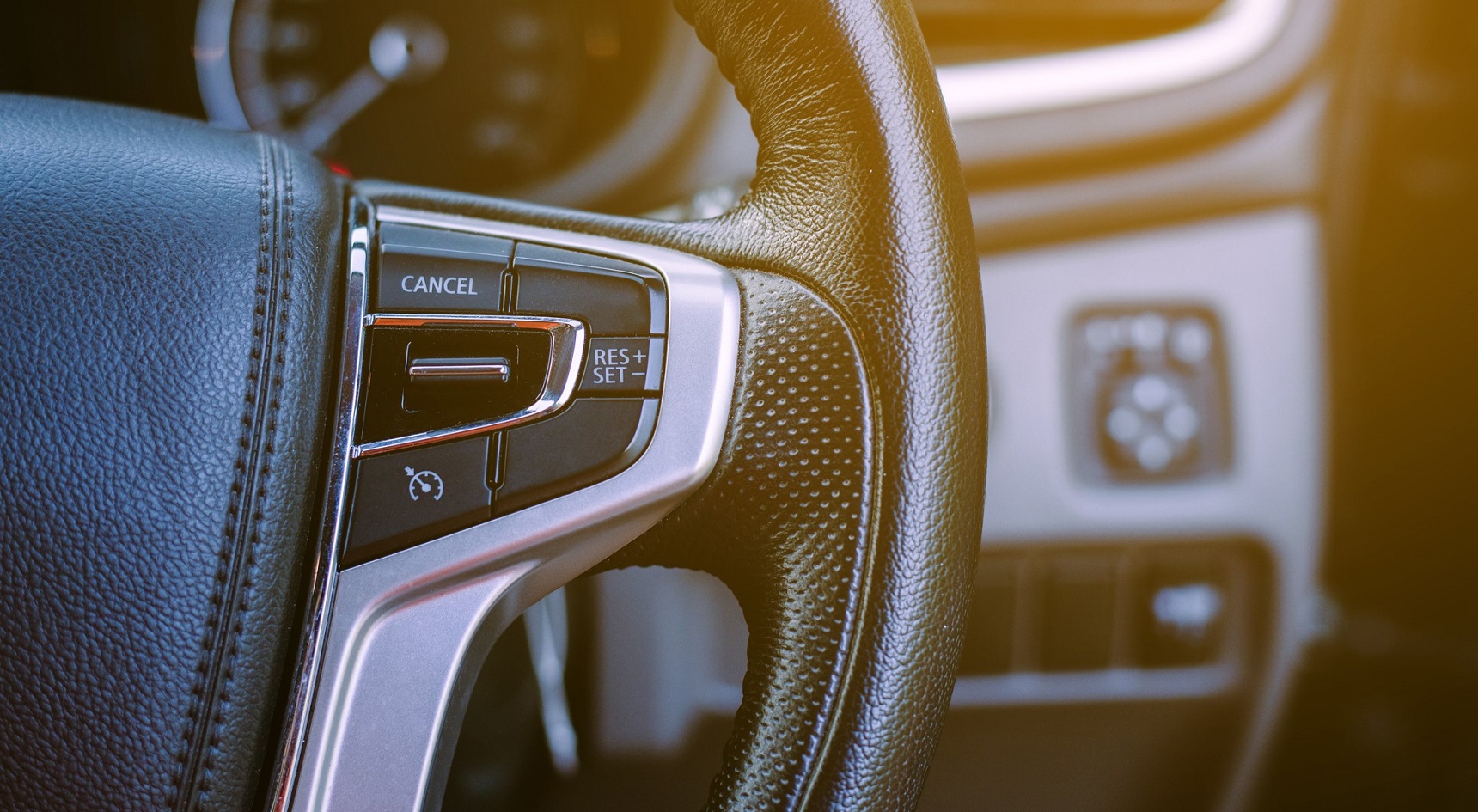
Most modern cars feature cruise control. Image: iStock
While you should avoid using cruise control in wet weather, there’s no evidence it can cause aquaplaning.
Aquaplaning is when, driving over large puddles or flooded sections of road, the grooves in your car’s tyres fill with water, resulting in a loss of traction. You momentarily lose control of your vehicle as it ‘glides’ over the wet road.
In most cases, worn tyres are the cause of aquaplaning. While having cruise control turned on could result in a slightly delayed reaction time, there’s no way it could actually
cause your car to aquaplane.
Why? Cruise control is a device used to keep the speed of your vehicle constant. It monitors the rotation of your wheels and regulates the engine’s output in accordance. If your car began aquaplaning, the cruise control system would detect a break in traction and increase in wheel rotation. In turn, it would reduce the amount of throttle from the engine and decrease your speed. Furthermore, the system would deactivate as soon as you touched the brake pedal.
That being said, you should never use cruise control in the wet. Though it only takes a second to deactivate, this is valuable reaction time lost, especially in hazardous conditions.
 Winter weather can rattle even the most chilled-out drivers – but it’s not all doom and gloom.
Despite Aussie winters being fairly mild, on the road, we have a tendency to panic when wet weather hits.
Though most states don’t experience too much snow and sleet, heavy rainfalls, hail and sub-zero temperatures are fairly common across the board.
In the midst of wet-weather driving, it’s easy to fall prey to age-old myths. But in most cases, they can be dispelled.
So before you go boiling the kettle to defrost your windscreen, or reach for that forbidden fog light switch, take note of these 5 winter driving myths we’ve well and truly busted.
Winter weather can rattle even the most chilled-out drivers – but it’s not all doom and gloom.
Despite Aussie winters being fairly mild, on the road, we have a tendency to panic when wet weather hits.
Though most states don’t experience too much snow and sleet, heavy rainfalls, hail and sub-zero temperatures are fairly common across the board.
In the midst of wet-weather driving, it’s easy to fall prey to age-old myths. But in most cases, they can be dispelled.
So before you go boiling the kettle to defrost your windscreen, or reach for that forbidden fog light switch, take note of these 5 winter driving myths we’ve well and truly busted.






